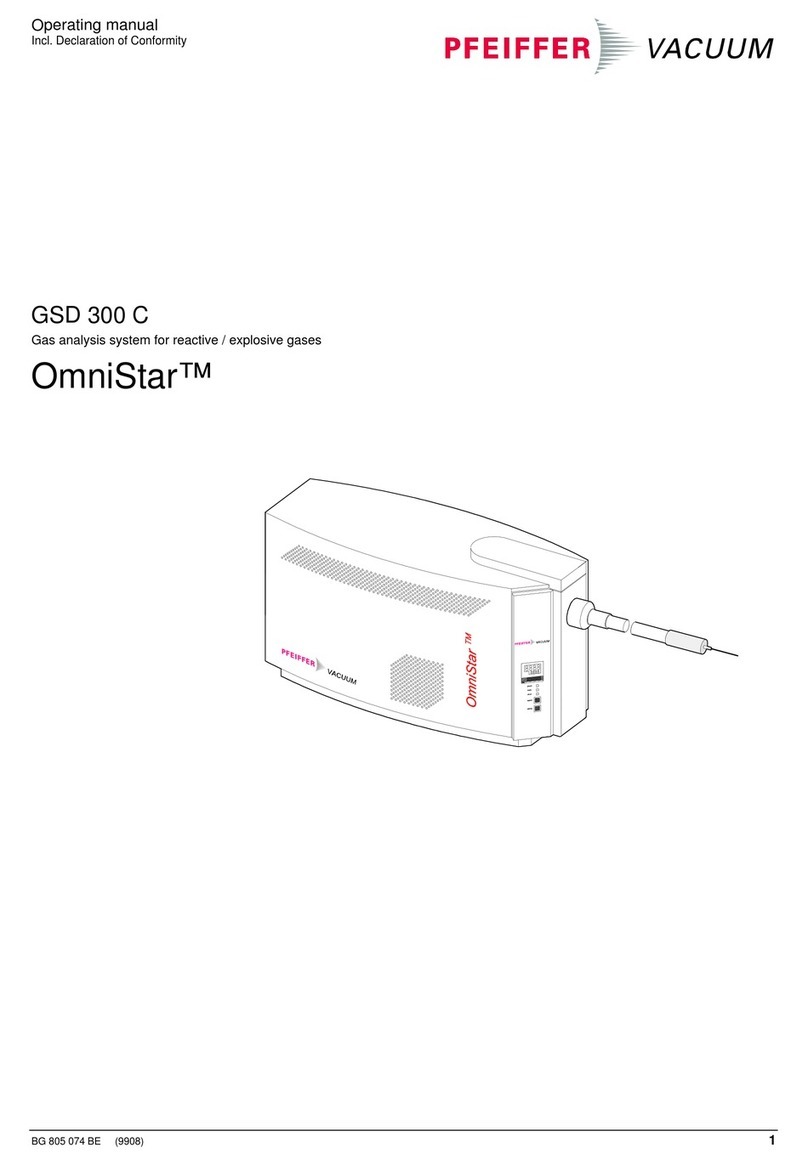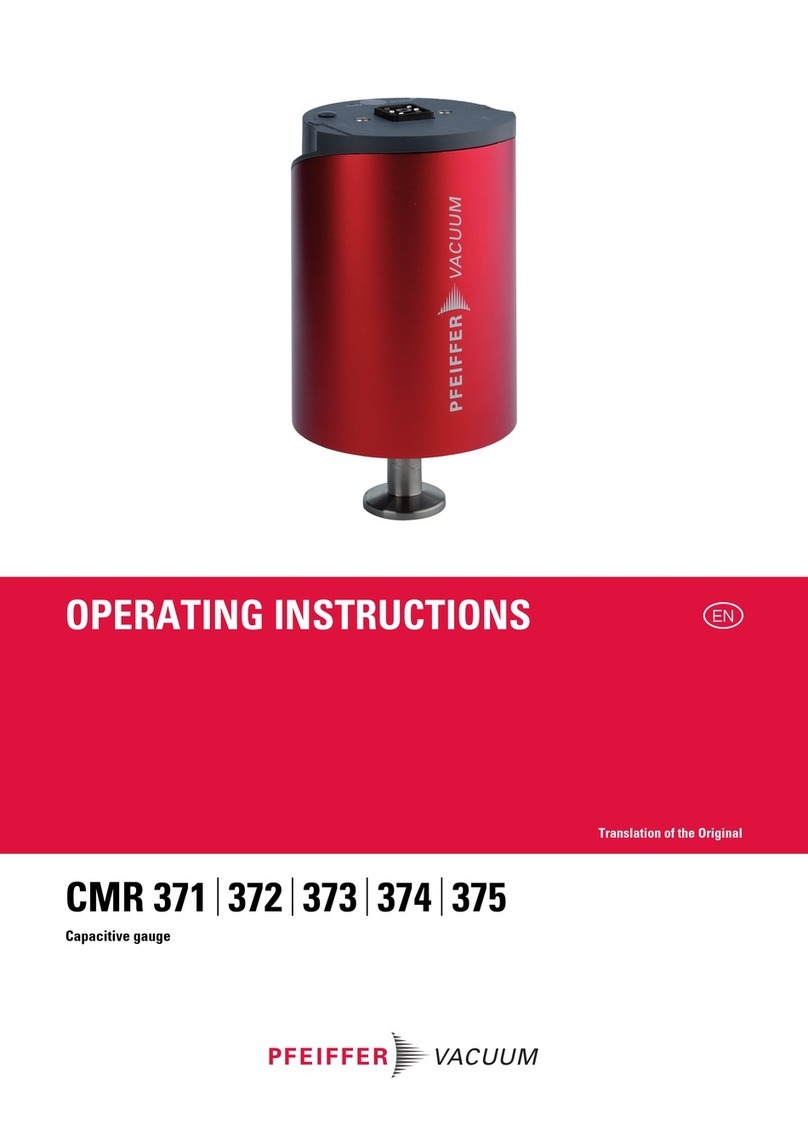Pfeiffer Vacuum GSD 350 User manual
Other Pfeiffer Vacuum Measuring Instrument manuals

Pfeiffer Vacuum
Pfeiffer Vacuum IKR 270 User manual

Pfeiffer Vacuum
Pfeiffer Vacuum PBR 260 User manual

Pfeiffer Vacuum
Pfeiffer Vacuum PrismaPlus QMG 220 User manual

Pfeiffer Vacuum
Pfeiffer Vacuum TPG 202 User manual
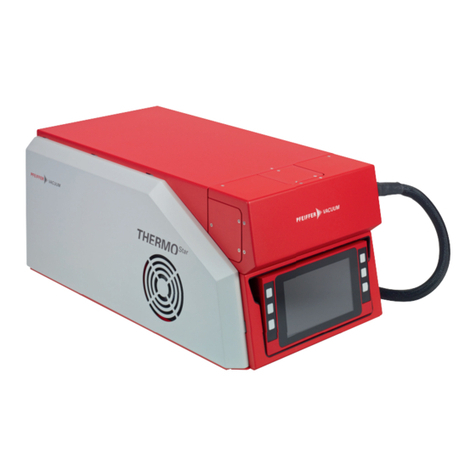
Pfeiffer Vacuum
Pfeiffer Vacuum GSD 350 OMNISTAR User manual
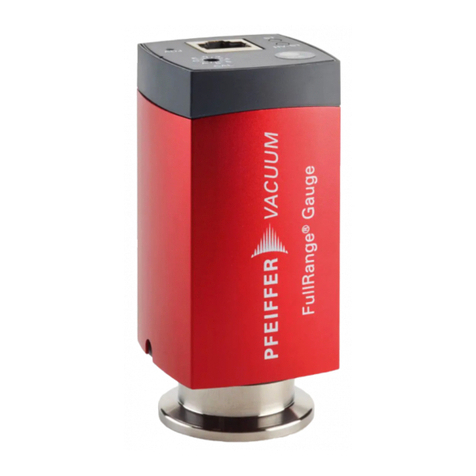
Pfeiffer Vacuum
Pfeiffer Vacuum FullRange PTR 91 User manual

Pfeiffer Vacuum
Pfeiffer Vacuum TPG 202 User manual

Pfeiffer Vacuum
Pfeiffer Vacuum TPG 300 User manual

Pfeiffer Vacuum
Pfeiffer Vacuum TPG 362 User manual
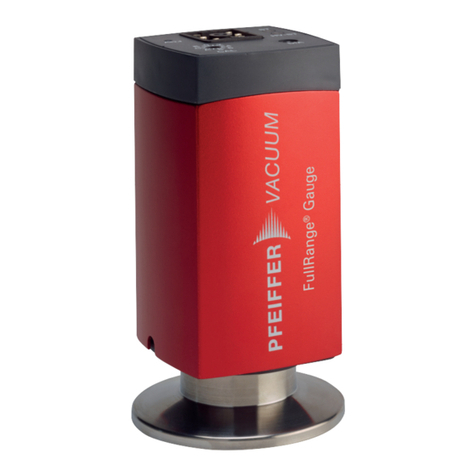
Pfeiffer Vacuum
Pfeiffer Vacuum FullRange PKR 36 Series User manual
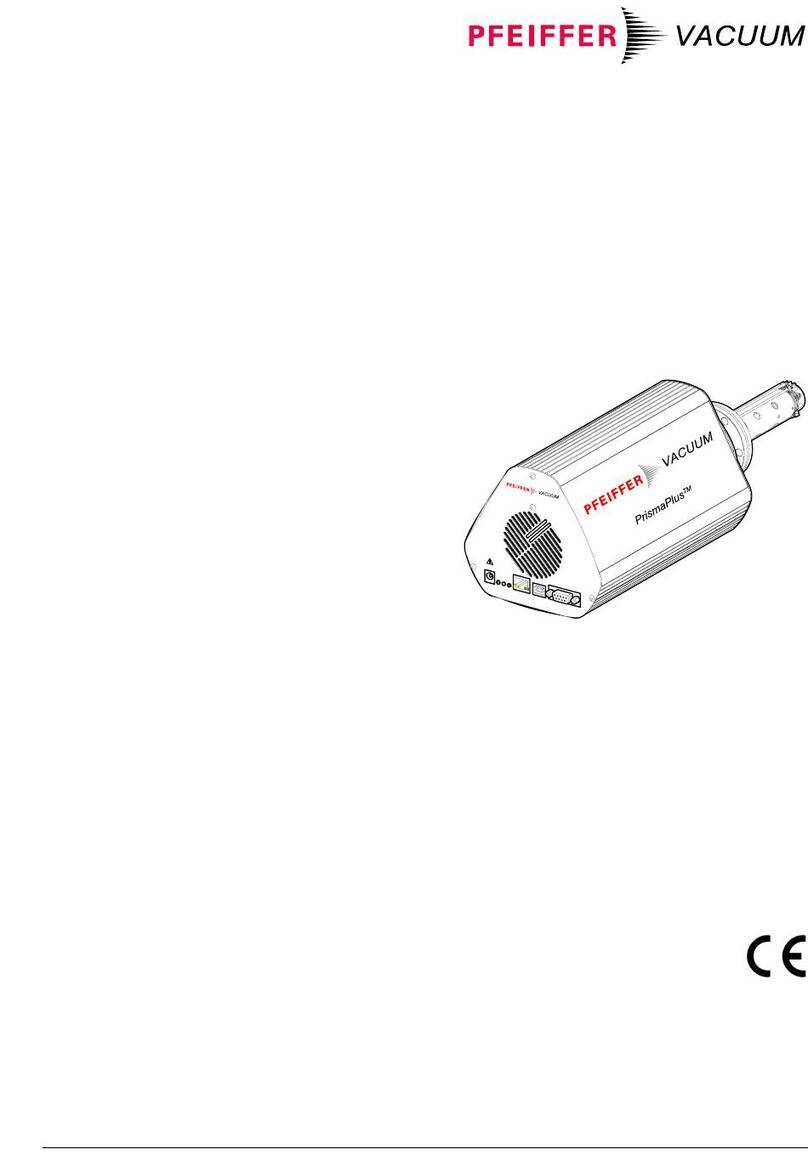
Pfeiffer Vacuum
Pfeiffer Vacuum PrismaPlus QMG 220 User manual

Pfeiffer Vacuum
Pfeiffer Vacuum PPT 200 User manual

Pfeiffer Vacuum
Pfeiffer Vacuum TPR 265 User manual
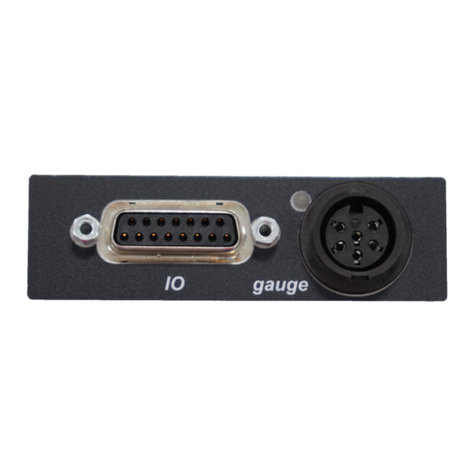
Pfeiffer Vacuum
Pfeiffer Vacuum GAUGE/IO Owner's manual
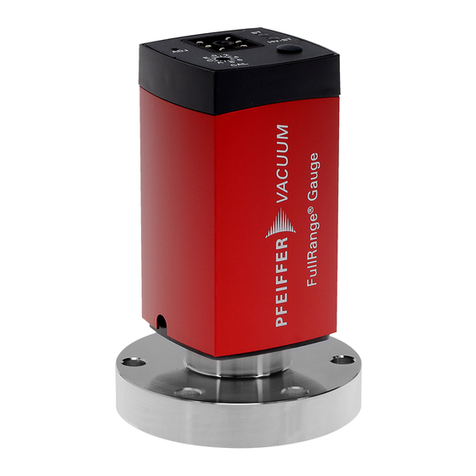
Pfeiffer Vacuum
Pfeiffer Vacuum IKR 360 User manual
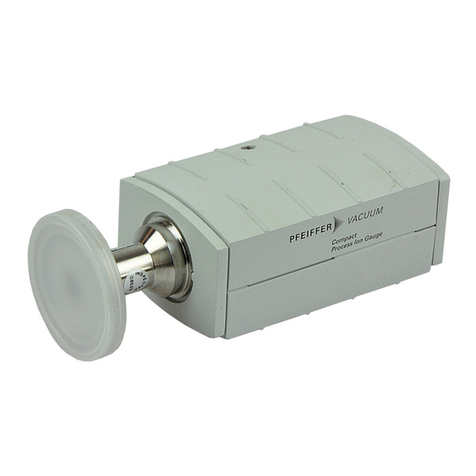
Pfeiffer Vacuum
Pfeiffer Vacuum IMR 265 User manual

Pfeiffer Vacuum
Pfeiffer Vacuum HPA 220 User manual
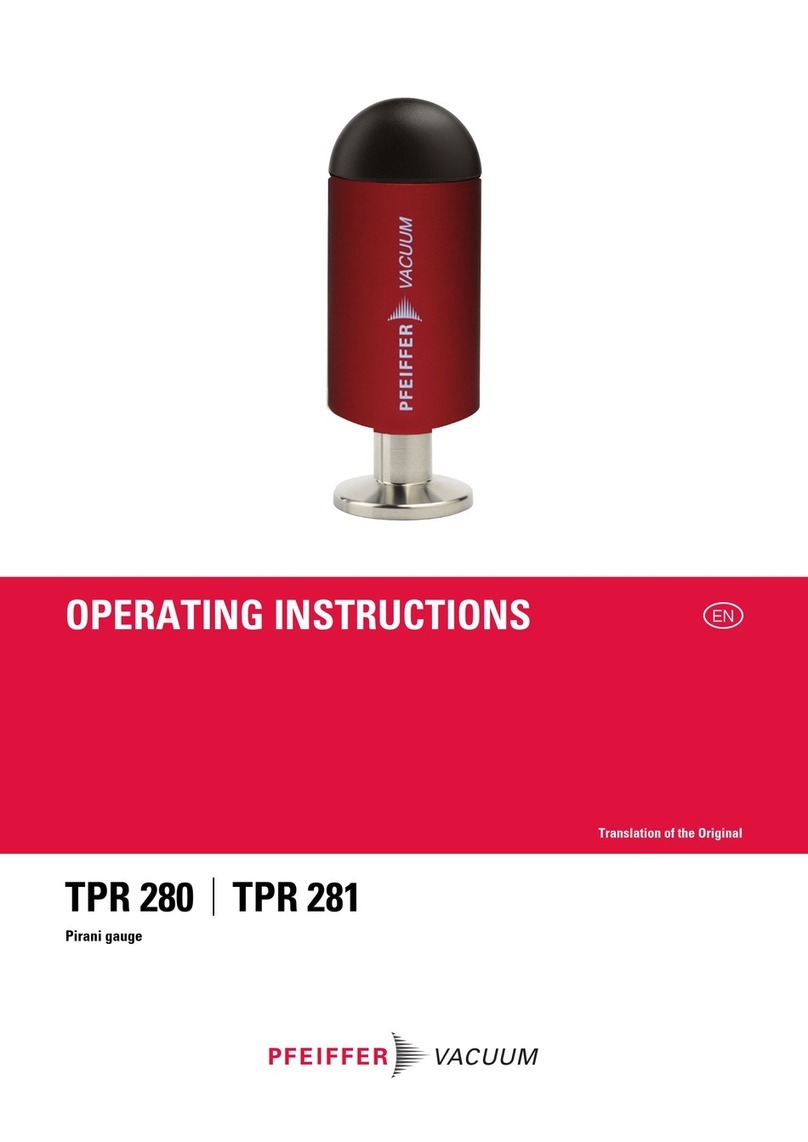
Pfeiffer Vacuum
Pfeiffer Vacuum TPR 280 User manual
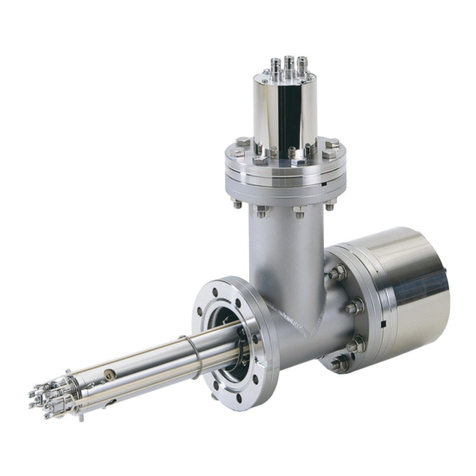
Pfeiffer Vacuum
Pfeiffer Vacuum QMA 4X0 User manual
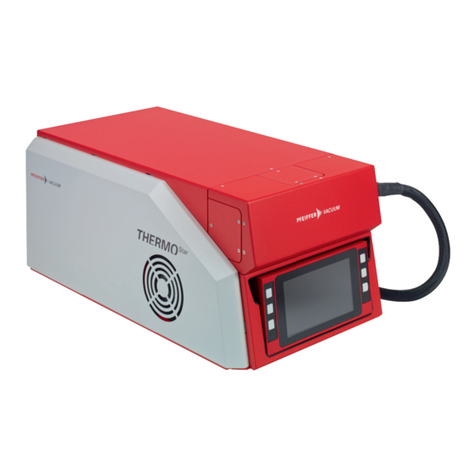
Pfeiffer Vacuum
Pfeiffer Vacuum GSD 350 OMNISTAR User manual
Popular Measuring Instrument manuals by other brands

Powerfix Profi
Powerfix Profi 278296 Operation and safety notes

Test Equipment Depot
Test Equipment Depot GVT-427B user manual

Fieldpiece
Fieldpiece ACH Operator's manual

FLYSURFER
FLYSURFER VIRON3 user manual

GMW
GMW TG uni 1 operating manual

Downeaster
Downeaster Wind & Weather Medallion Series instruction manual

Hanna Instruments
Hanna Instruments HI96725C instruction manual

Nokeval
Nokeval KMR260 quick guide

HOKUYO AUTOMATIC
HOKUYO AUTOMATIC UBG-05LN instruction manual

Fluke
Fluke 96000 Series Operator's manual

Test Products International
Test Products International SP565 user manual

General Sleep
General Sleep Zmachine Insight+ DT-200 Service manual
